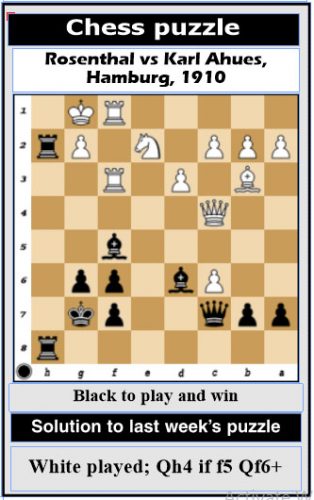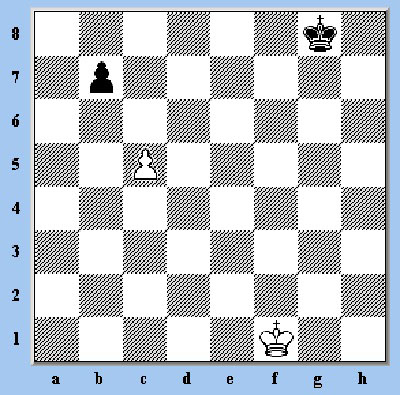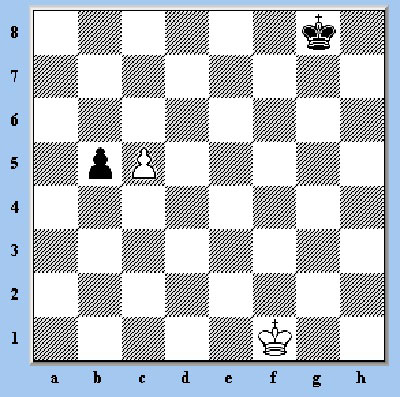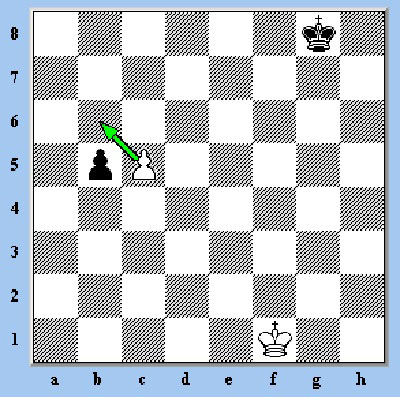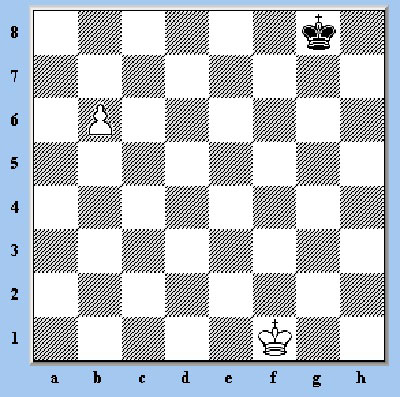
We established how the pawns and pieces moved. The Rooks move vertically. The Knights move in the shape of an L. The Bishops move diagonally. The Queens move vertically and diagonally, and the Kings move one square in any direction. Kings cannot stand directly next to each other. The Pawns move one square at a time and capture sideways.
On the first move of every chess game, the pawns are allowed to move two squares if they so desire. Or they can move one square if it suits them. After the first move, the option of moving two squares across the chess board is taken away from them.
We explored castling in two separate articles and discussed the chess language or chess notation.
There is a strange Pawn move in chess that is called en passant. The phrase en passant is French and it means in passing. En passant is a privilege accorded to a player who has a Pawn on the fifth rank. It is tedious to express in simple terms, but I found a simple explanation about the en passant move by Garry Kasparov:
“1. Say you are playing white, and you move your e-Pawn forward three ranks over the course of the game, so that you are now on the fifth rank, e5.
“2. Then, let’s say black has not moved either his or her d- or f-Pawns (the Pawns on adjacent tiles), forward yet. She decides to bring her d pawn forward two steps from its starting square so its now on d5, directly adjacent to your e5 pawn.
“3. Now, on its next move, you have the opportunity to capture black’s d-Pawn as though it were on d6. If you take the move, you’ll take black’s Pawn, and your Pawn will finish on d6.
